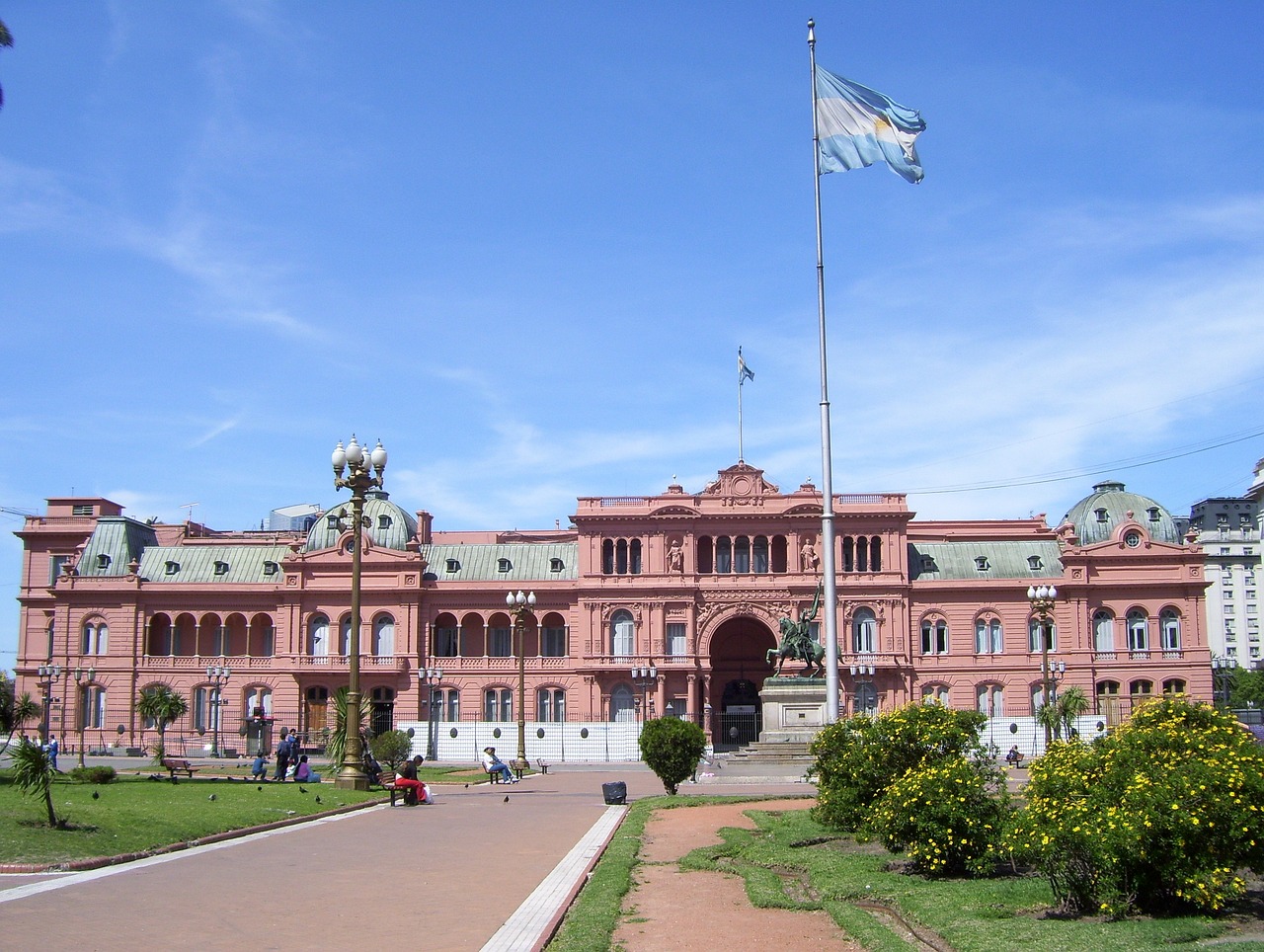The retail dollar closed at around 1,230 pesos per unit on Monday, April 14, marking the inaugural day of the new managed floating exchange rate regime announced by President Javier Milei’s administration on Friday, April 11, after nearly 14 years of currency controls in Argentina. The dollar’s rise represents a devaluation of approximately 12% compared to Friday’s closing rate.
Under the new regime, the greenback will fluctuate between 1,000 and 1,400 pesos per dollar, with a monthly band expansion of 1%. The market had been anticipating what the official exchange rate would be, after Friday’s close at 1,097 pesos.
Bonds and stocks responded with widespread gains on Wall Street. The Merval index rose by 4.5%. There was also some uncertainty, as many banks experienced website outages due to high demand for dollars.
Meanwhile, Argentina’s National Securities Commission (CNV), the capital markets regulator, lifted another restriction affecting individuals: the minimum 24-hour holding period. Until now, those who bought bonds in pesos to sell them for dollars in the MEP market were required to hold those securities for at least one business day before completing the operation. With the new regulation, that requirement is gone, streamlining transactions and making financial markets more accessible for individual investors.
CNV President Roberto Silva expressed support for the government’s economic direction: “We are proud to support President Javier Milei, Minister Luis Caputo, the Ministry of Economy team, and the Central Bank in implementing Phase 3 of the economic program for Argentina’s future.” He added that since the beginning of the current administration, the agency has been working to eliminate restrictions and regulatory obstacles, in line with the liberalization policy promoted by the executive branch.
Federico Furiase, a member of the Central Bank’s board, stated in a radio interview that the package announced last Friday with the IMF minimized the risks of lifting the so-called “currency clamp,” and emphasized that the exchange bands will move in opposite directions: the lower band, starting at 1,000 pesos, will decline by 1% monthly until reaching 888.36 pesos in a year, while the upper band will increase by 1% monthly—widening the spread in which the dollar will float freely, with the Central Bank intervening “at its discretion.”
On Monday, Argentine firm Max Capital used the phrase “Liberation Day”—the same one Donald Trump used when launching tariffs on the rest of the world—to describe this historic day for the South American country. “The Argentine government presented details of the new program with the IMF, kicking off a new phase of the stabilization plan as part of the transition toward a fully open capital account,” said a report signed by Alejo Costa, Head of Economics Research & Strategy at Max Capital. The report stressed that the fiscal anchor remains the main pillar.
The economic team lifted currency restrictions for individuals and corporate flows, although it maintained them for corporate portfolios (“stocks”), for which a new BOPREAL bond will be offered. The new official market will absorb flows that previously went through the CCL dollar (which involves buying and selling local sovereign bonds), eliminate the “blend” scheme used by exporters, and allow individuals to buy dollars.
Separately, U.S. Treasury Secretary Scott Bessent arrived in Argentina to meet with President Javier Milei in a show of support for the government. Reports indicate Bessent is accompanied by business leaders. His visit comes during U.S. negotiations with the rest of the world regarding the broad tariffs announced by Donald Trump on April 2.
Currency controls not only stifled investment in the country but also distorted the local macroeconomy.
The Argentine Association of Private, Entrepreneurial, and Seed Capital (ARCAP) voiced its support for the decision to move toward exchange rate unification. “This measure represents a significant step toward the country’s economic normalization and helps build a more predictable and stable environment, conditions necessary to stimulate productive development and improve investment prospects,” the group said in a statement.
“At ARCAP, we believe that when the right conditions are in place, private capital has the capacity and willingness to drive the country’s economic and social development through strategic investments that foster innovation, productivity, and job creation,” the statement concluded.




